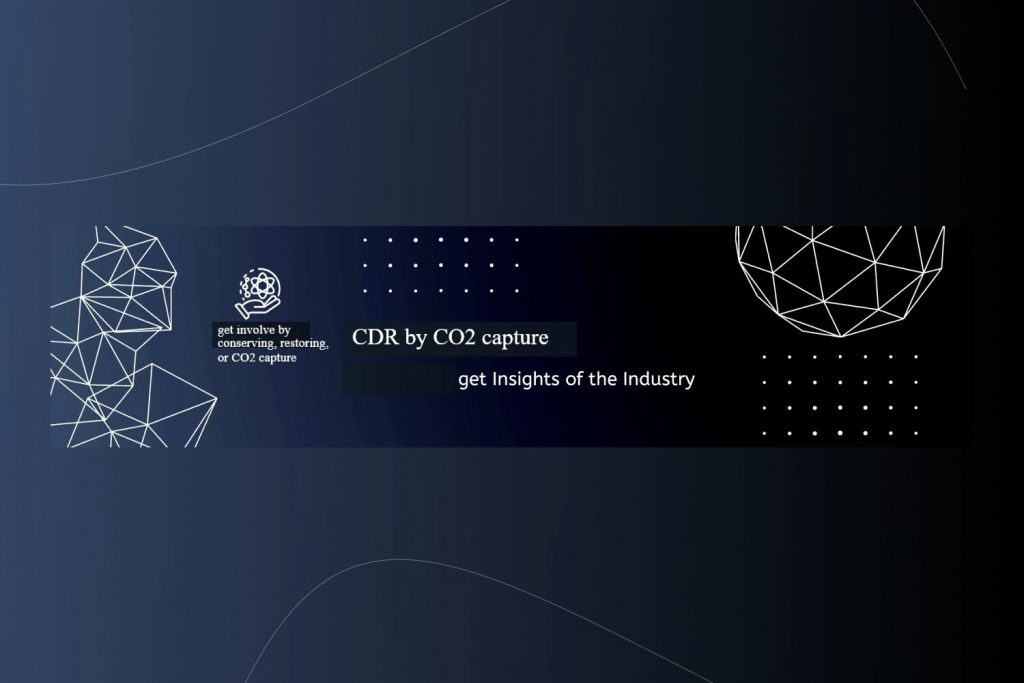Introduction
The CDR by CO2 capture Project ( referred to hereafter as the “Carbon dioxide removal by capture” ) will consist development CO2 capture when it is compressed to a pressure above 7.4 MPa, a temperature above approximately 31˚C critical properties; it is a liquid with gas characteristics suitable CO2 storage locations minimum depth 800 m to implement the uncertainties value into leverage productive favor with appraisal method scheme :
1. Post-combustion: CO2 is removed from the flue gas resulting from the combustion of a fossil fuel. Separation involves the use of a solvent to capture the CO2. Technology includes pulverized plants, and natural gas combined cycle plants (NGCC).
2. Pre-combustion: The fuel in the process is reacted with steam and air or oxygen, and is converted to a mix of carbon monoxide and hydrogen, often called a ‘syngas’. The carbon monoxide is subsequently converted to CO2 in a ‘shift reactor’. The CO2 can then be separated, and the hydrogen is used to generate power and heat.
3. Oxy-fuel combustion: The fuel is combusted in oxygen instead air, which produces a flue gas containing mainly water vapour CO2. The flue gas is then cooled to condense the water vapour, which leaves an almost pure stream CO2.
Technic feasibility CO2 separation technologies applied in natural gas processing (NGP), where CO2 removal from natural gas is necessary to the required heating value specifications involves the capture as MtCO2 build gasification.
Project Objective
The proposed Project will relief the implementation uncertainties value under development into leverage productive favor which in contrast to skepticsm to the ecosystems division study to get involved by conserving, restoring, or better ecosystems to remove carbon dioxide. it can be a dilemma to conduct the engaging factor which the advice can be the good result due to the function needed by other sector such as recovery injection to optimize HC, refrigerant, extinguishers, etc. Depleted oil and gas reservoirs are estimated to have storage capacity between 675-900 GtCO2. To implement it would need Suitable CO2 storage locations including abandoned oil and gas fields or deep saline formations where the ambient temperature and pressures are sufficiently to keep the CO2 in a liquid critical value prevented by trapping methods. The technologies used to inject the CO2 implemented to those used in the oil and gas industry. In addition to well-drilling and injection equipment, measurement and monitoring technologies to observe the remaining capacity of the storage site, and the CO2 behaviour while certain injection technologies implemented, specifically for CO2 storage under development which needed to get the productivity as required
CDR (Carbon dioxide removal) refers to methods as CO2 removal which implemented by decarbonize sectors to the ecosystems division study to get involved by conserving, restoring, or better ecosystems to remove carbon dioxide over the past several decades crucial to the available idle amount revamp into leverage productive favor
Project Scheme
To fetch the objective as solving the case crucial to the available idle amount revamp into leverage productive favor to the ecosystems division study to get involved by conserving, restoring, or better ecosystems to remove carbon dioxide can be the method that is the technique refers to CDR by CO2 capture injecting the CO2 in suitable underground storage reservoirs. Capture technology separates CO2 emissions from the process, after which the compressed CO2 to a suitable storage location injected. Feasible methods include shipping. The storage locations for CO2 include abandoned oil and gas fields, deep saline formations also unmineable seams. The appraisal method scheme :
1. Post-combustion: CO2 is removed from the flue gas resulting from the combustion of a fossil fuel. Separation involves the use of a solvent to capture the CO2. Technology includes pulverized plants, and natural gas combined cycle plants (NGCC).
2. Pre-combustion: The fuel in the process is reacted with steam and air or oxygen, and is converted to a mix of carbon monoxide and hydrogen, often called a ‘syngas’. The carbon monoxide is subsequently converted to CO2 in a ‘shift reactor’. The CO2 can then be separated, and the hydrogen is used to generate power and heat.
3. Oxy-fuel combustion: The fuel is combusted in oxygen instead of air, which produces a flue gas containing mainly water vapour CO2. The flue gas is then cooled to condense the water vapour, which leaves an almost pure stream CO2.
Project manager: Fatahadi A
Project team members: The group in the project ( vacant )
Project sponsorship: The project's financier ( vacant )


